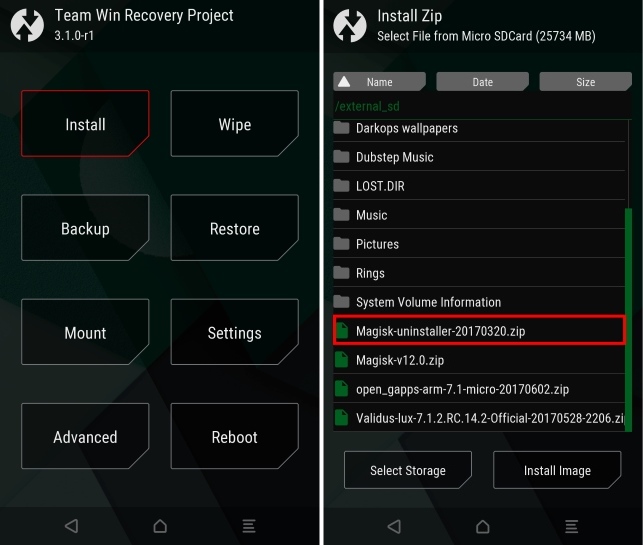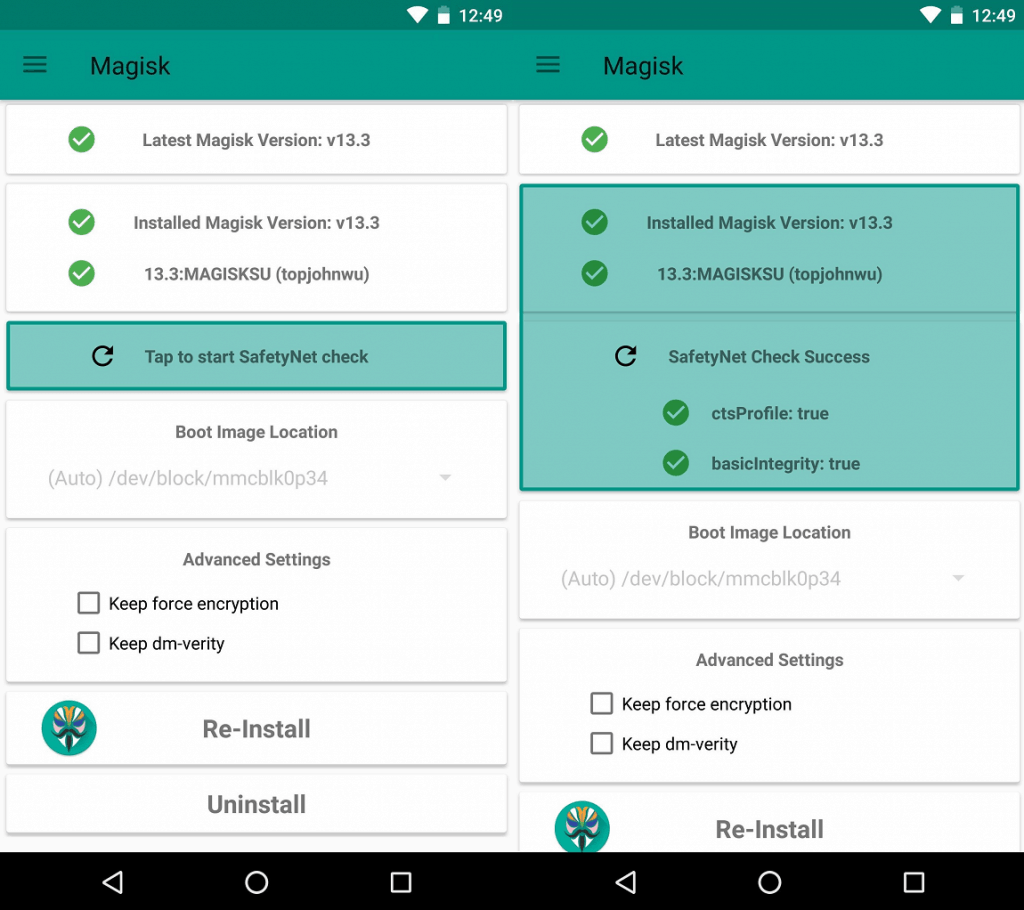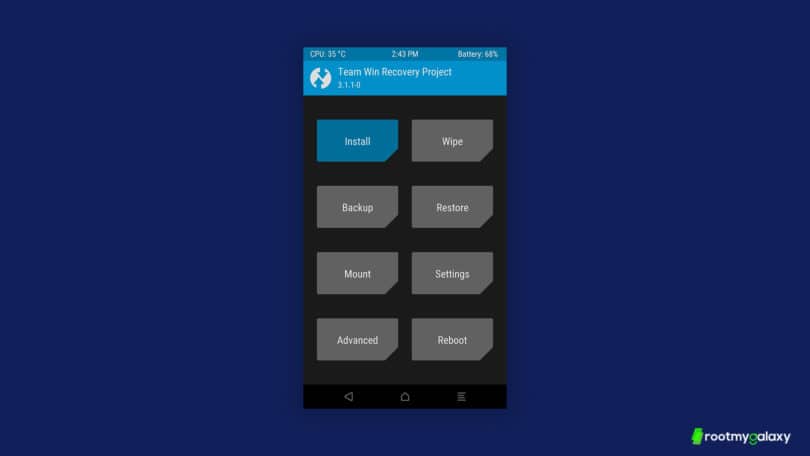

(Note that the version number of the download was current at the time of writing.) The following steps can be used to root the Moto G3 smartphone with LineageOS 17.1 installed. the file Magisk-v21.3.zip) can be installed using TWRP. This method also simplifies the process somewhat since the installation of MagiskManager is not actually required. For me, the use of TWRP is preferable as I have used it successfully many times, both to create system backups and to flash custom-ROM’s. However, there was no further information as to how this image was to be extracted.įortunately, there is a second installation method using TWRP which, although not recommended, is available as legacy support. They indicate to run Magisk Manager and, if Ramdisk = Yes then a copy of boot.img is required “from official firmware packages or your custom ROM zip”. I found the primary instructions for using Magisk to be a little unclear. Consequently, the rooting software of choice at present appears to Magisk. SuperSU, another rooting package I used previously, has not been recommended for use with LineageOS for some time. PrivacyGuard had been used by the addonsu software package and its unavailability resulted in addonsu being discontinued.

However, in developing LineageOS 17.1, the programmers were unable to port PrivacyGuard to the Android 10 code that forms the basis of the new software. reviously, the LineageOS development team released the addonsu software package for rooting the phone. But, the file cleanup can only take place if the user has root access. However, the amount of free space can be managed by deleting old updates or moving these onto the micro-SDcard.

Since each update is of the order of 0.5 GB, these will eventually take up all of the available free space on the internal storage of the Moto G3. The OS stores its updates at \data\lineageos_updates in the root directory. One of the side effects of switching to LineageOS 17.1 is that a different method for rooting the phone is required.


 0 kommentar(er)
0 kommentar(er)
